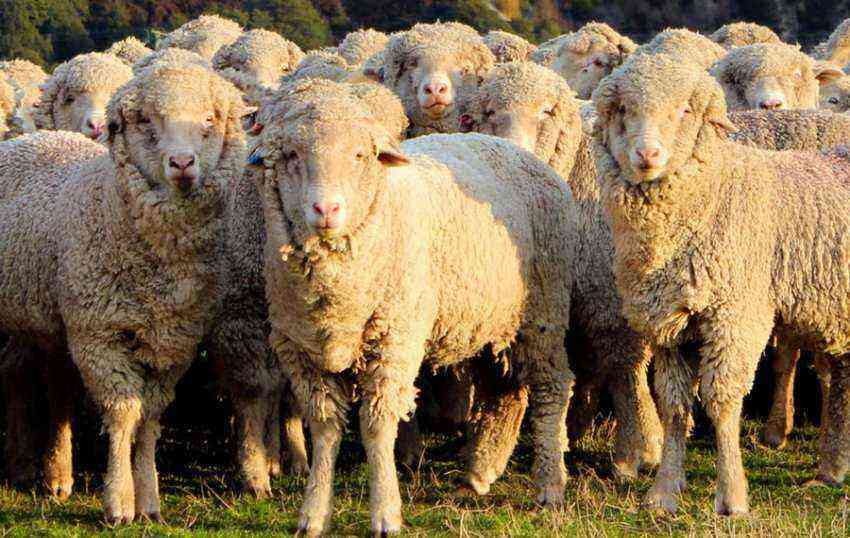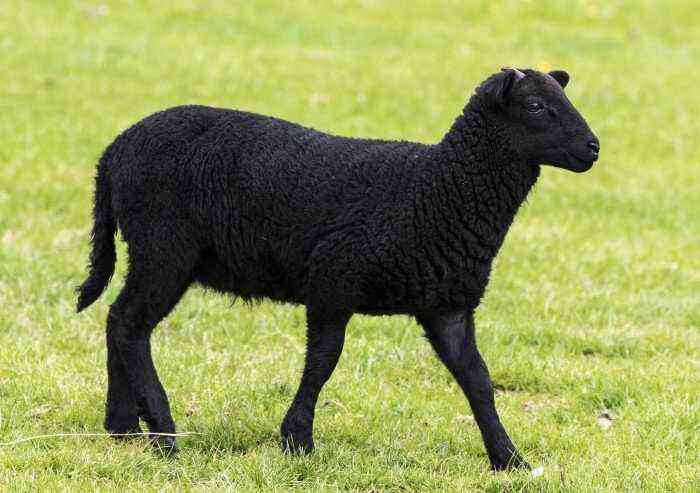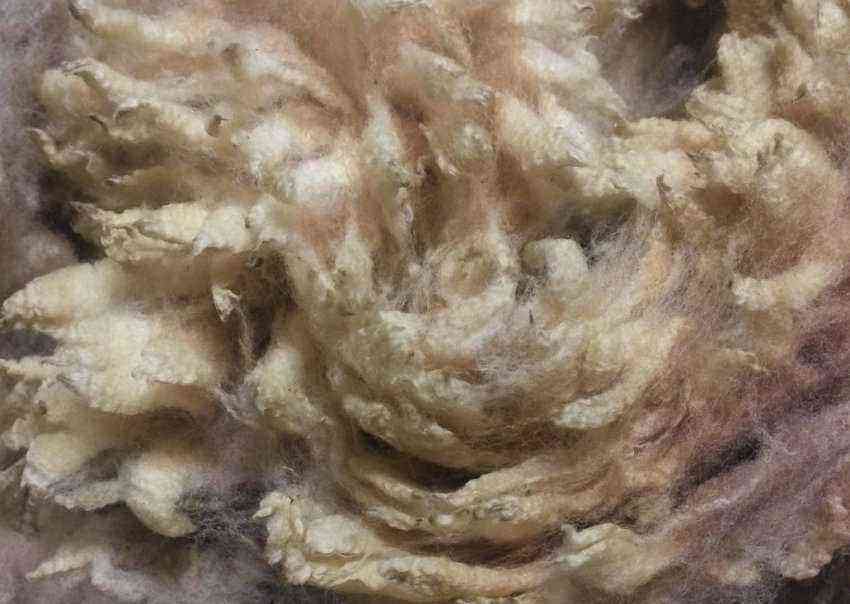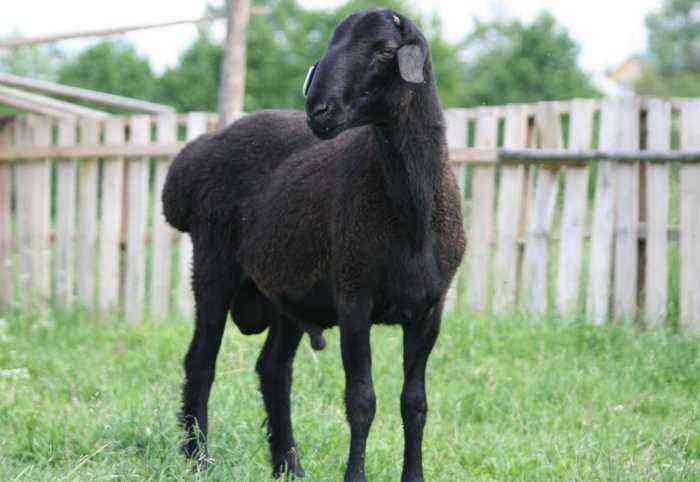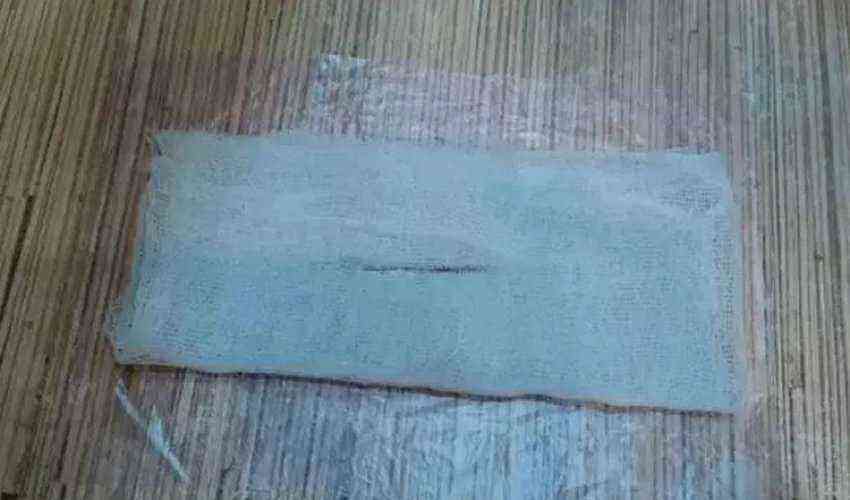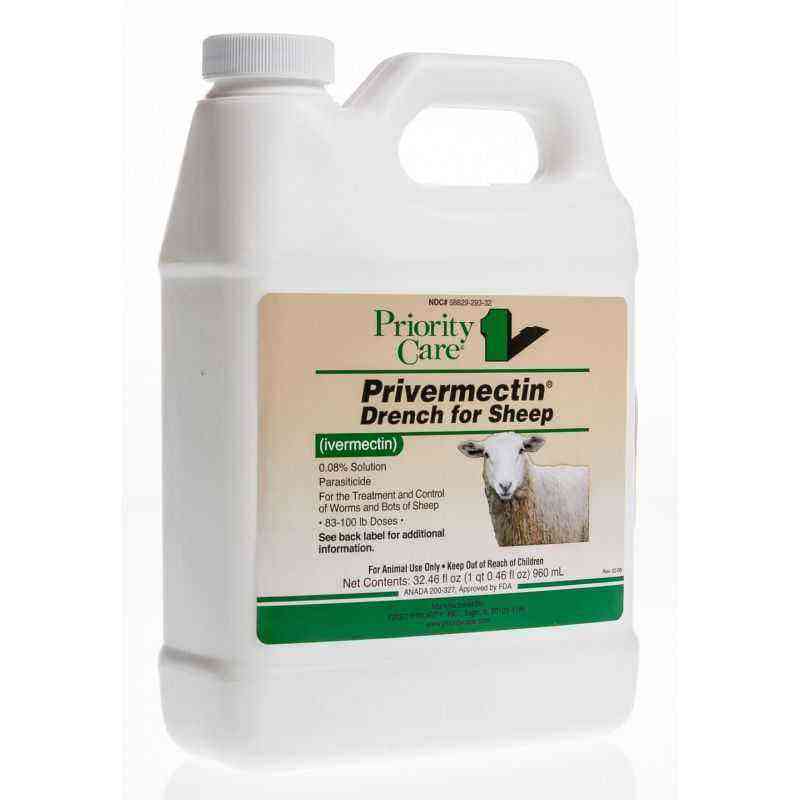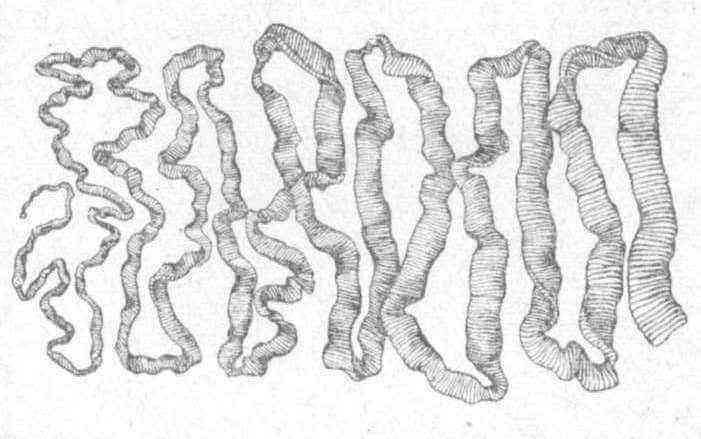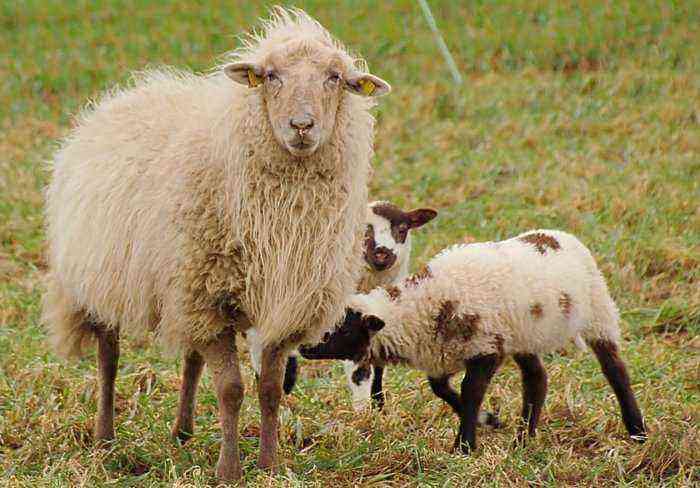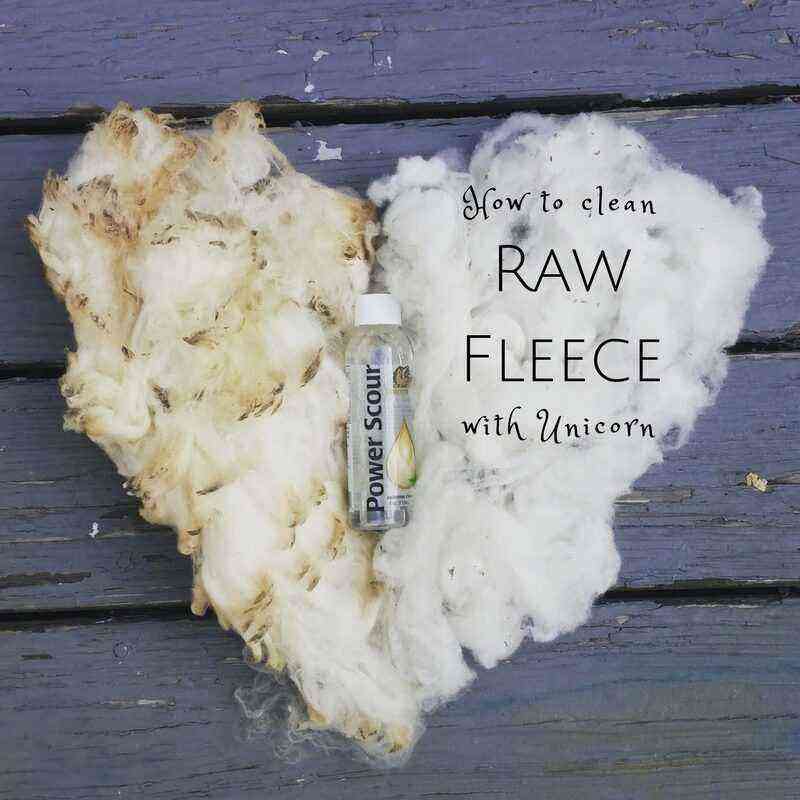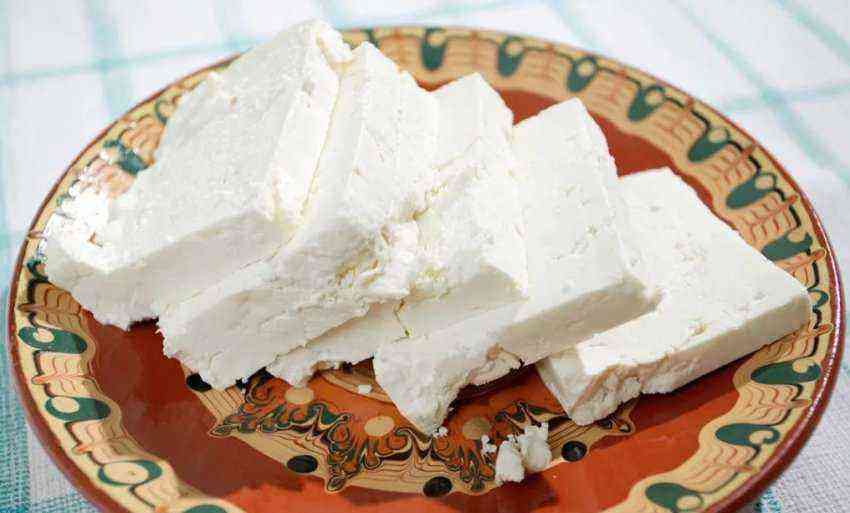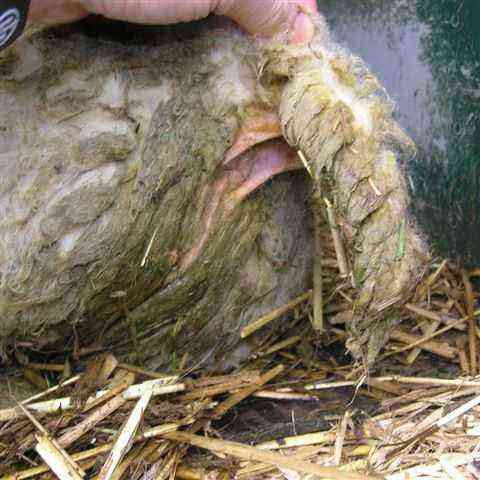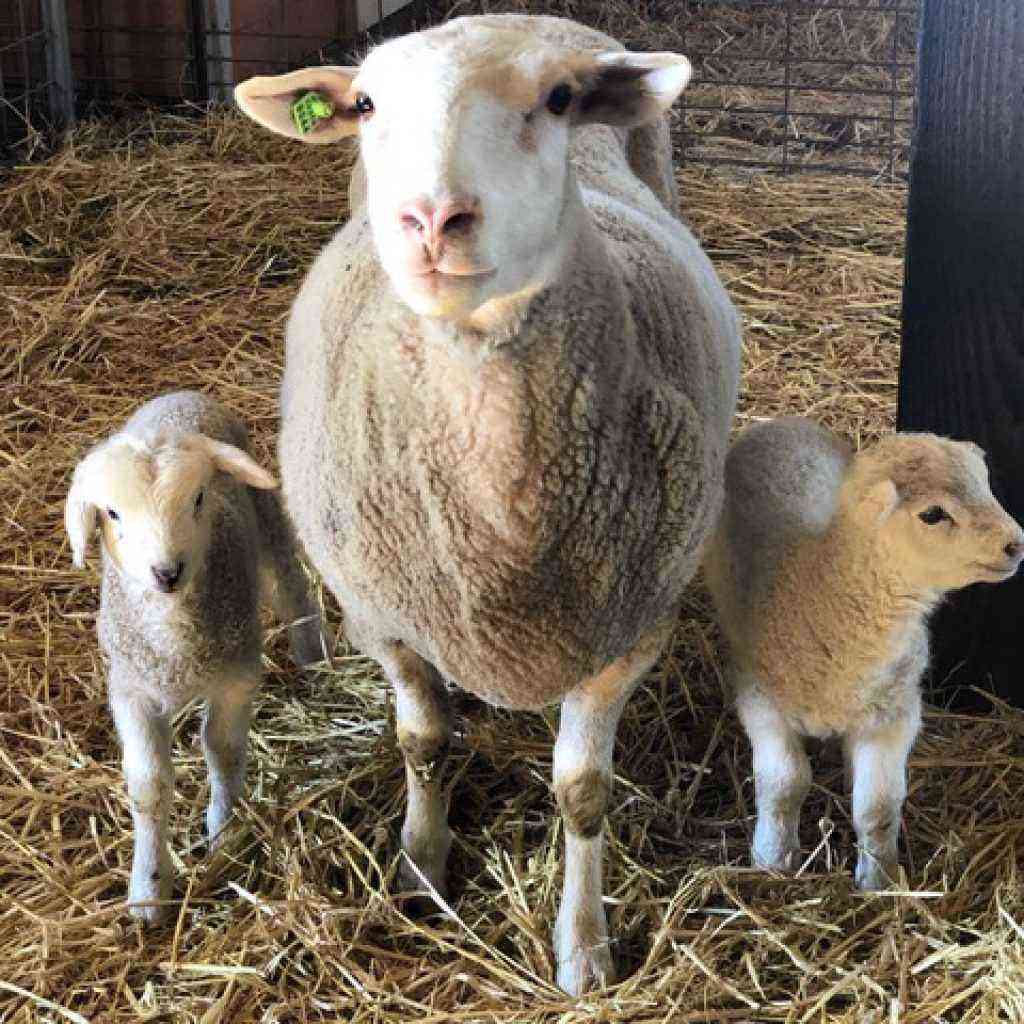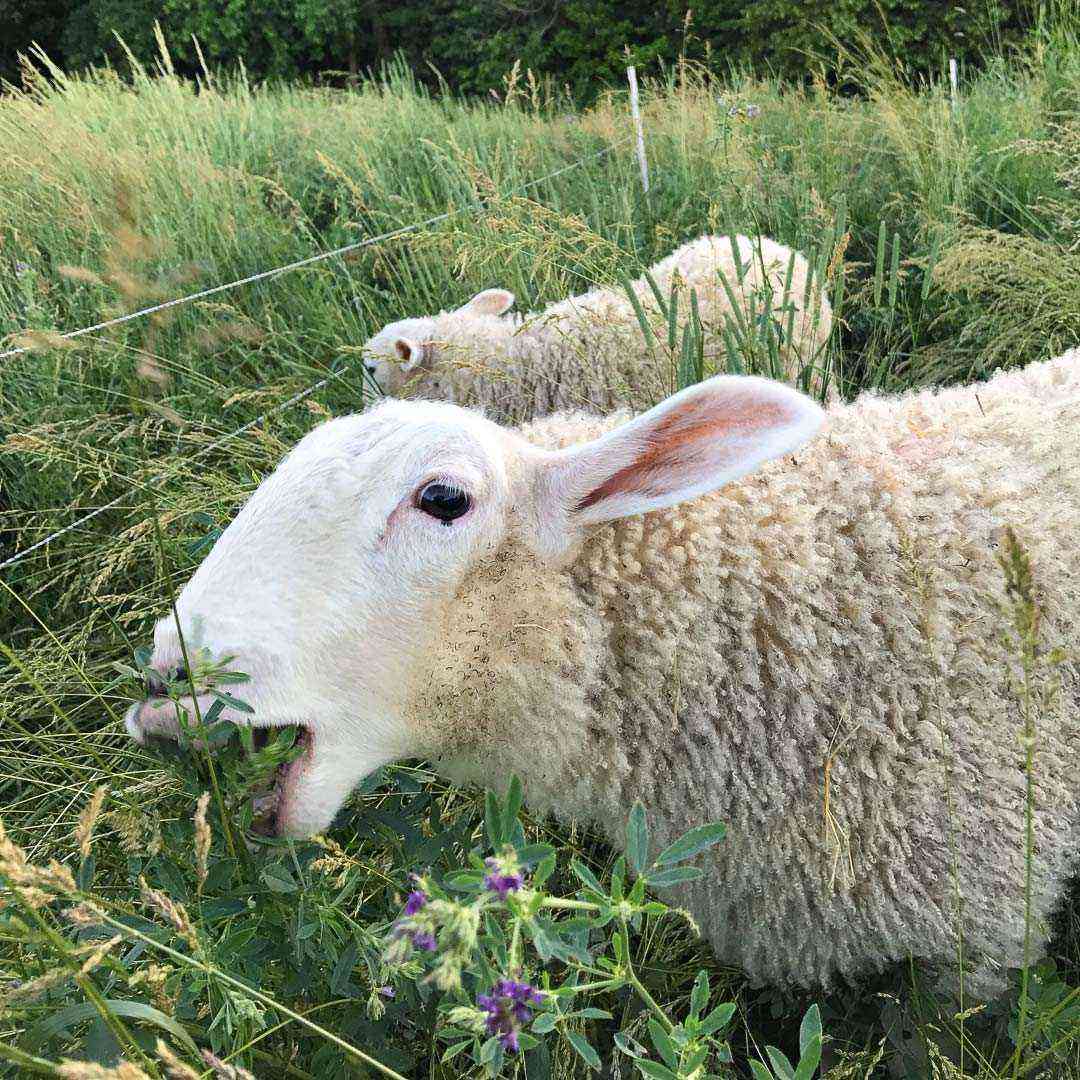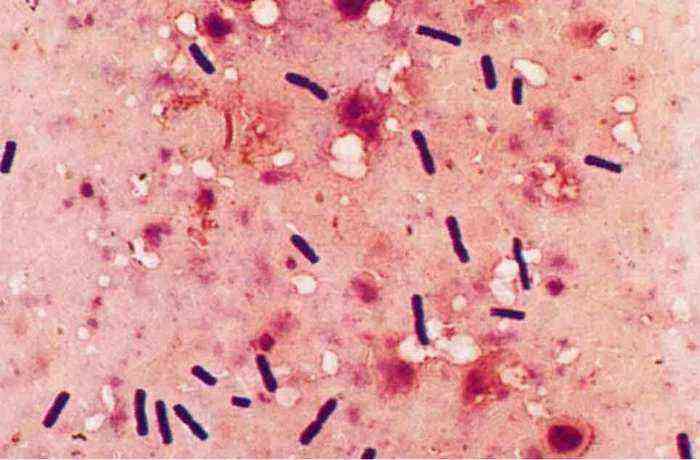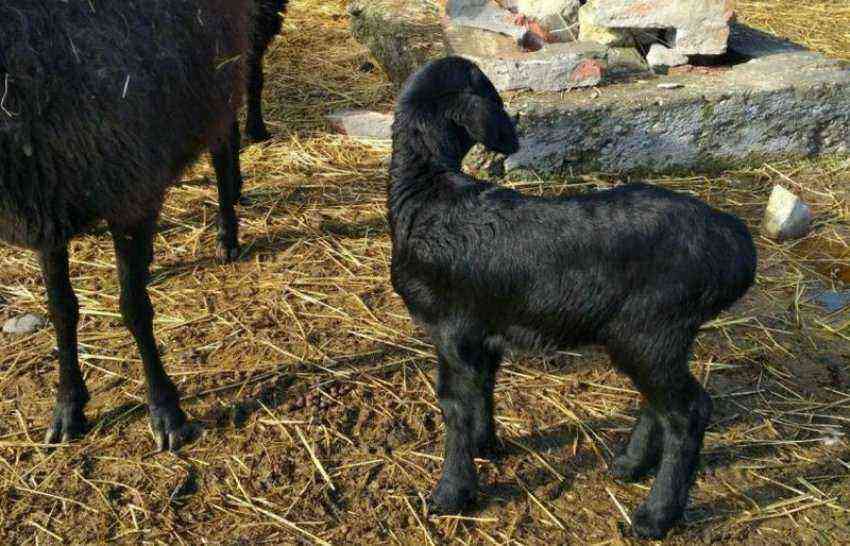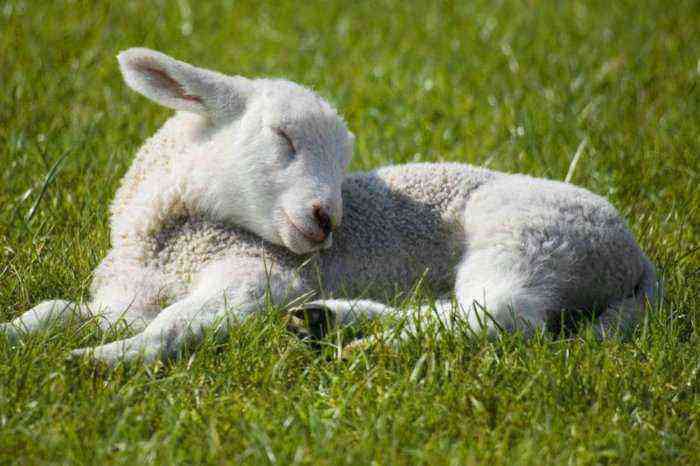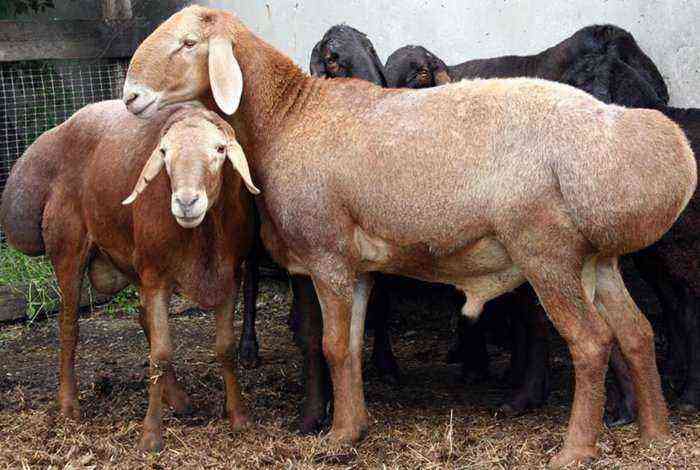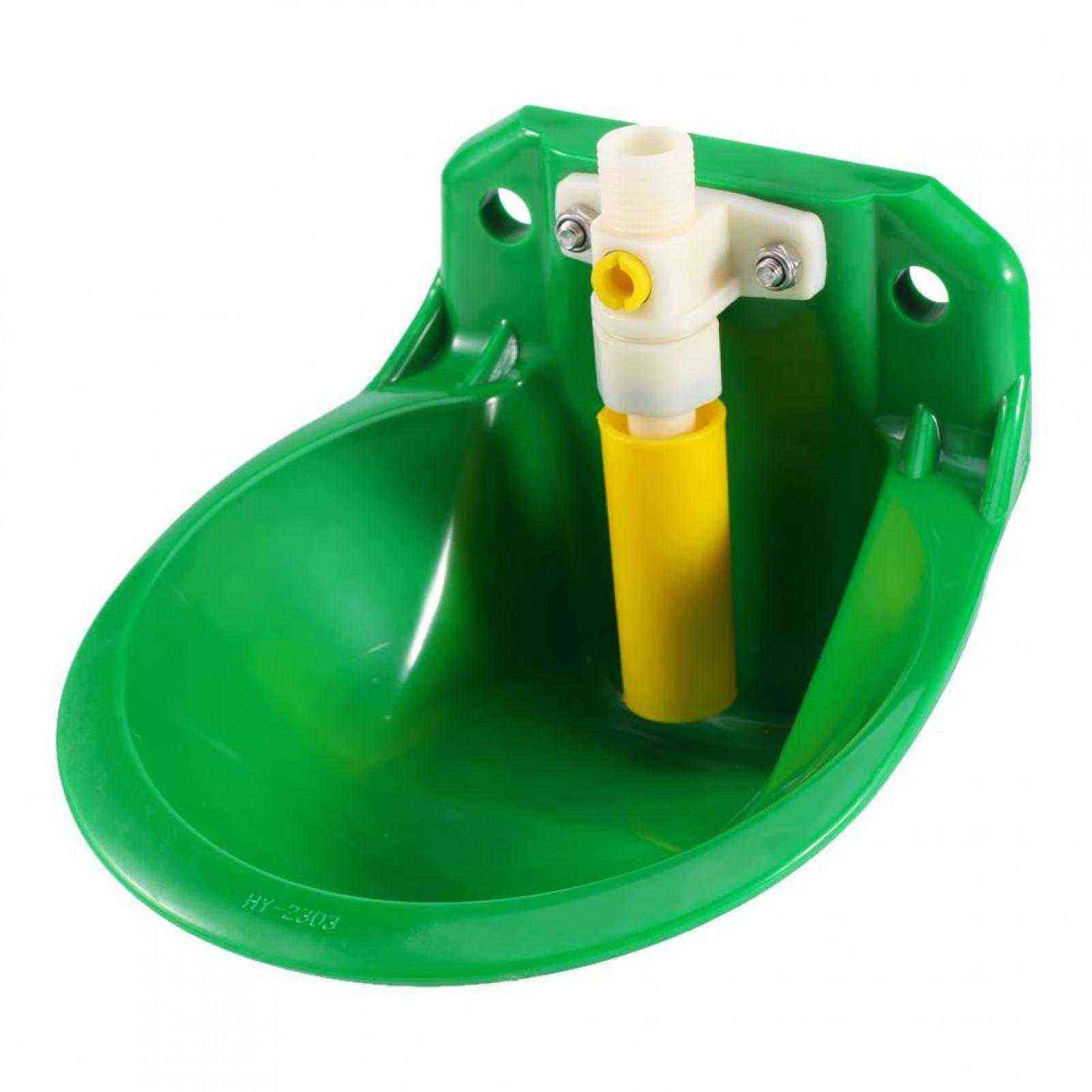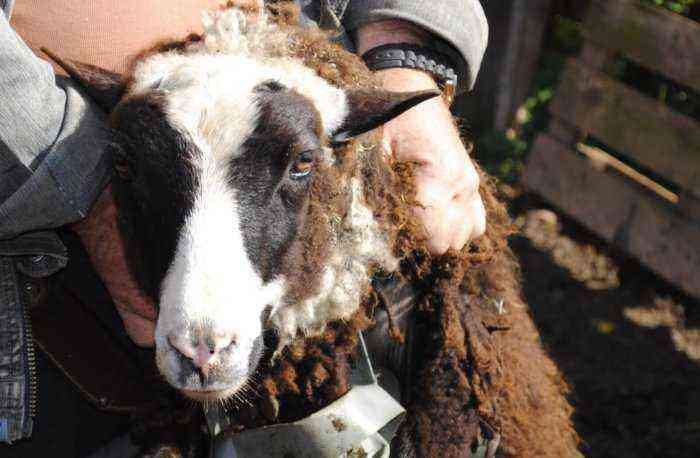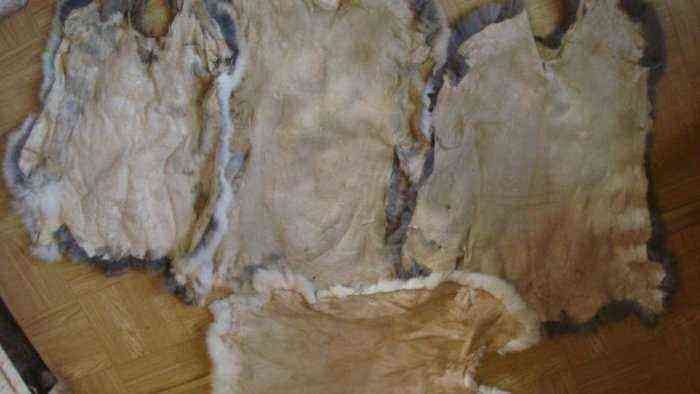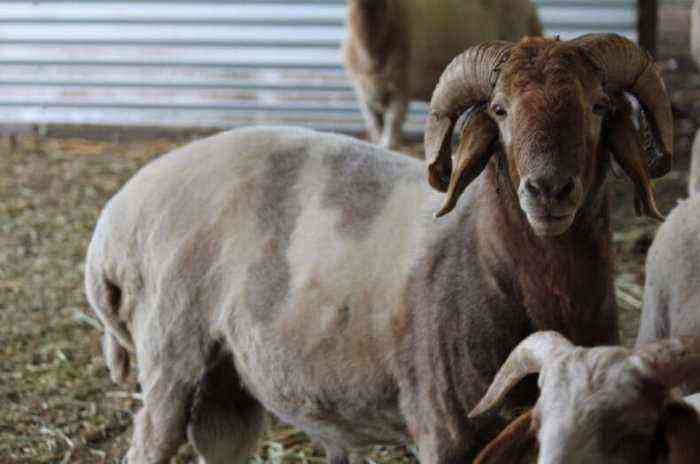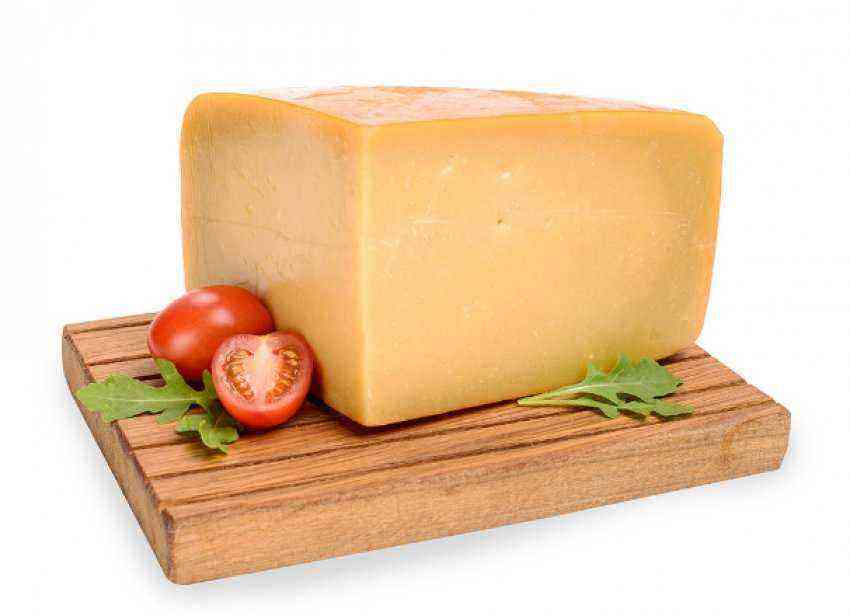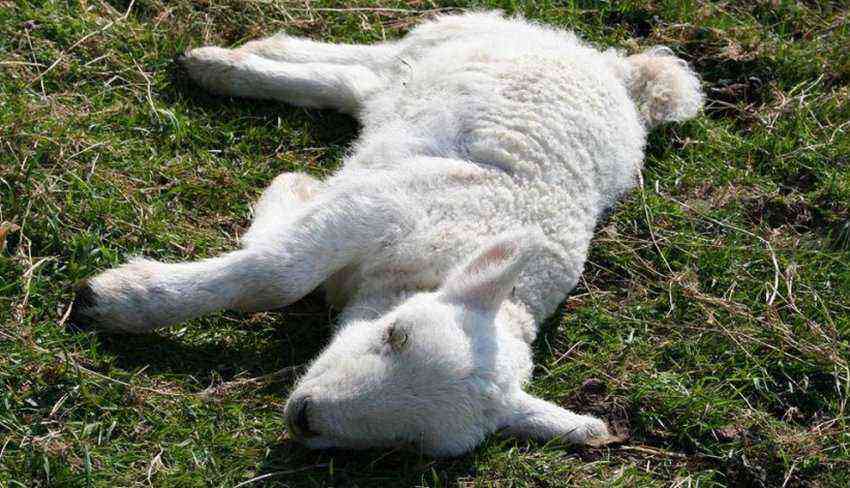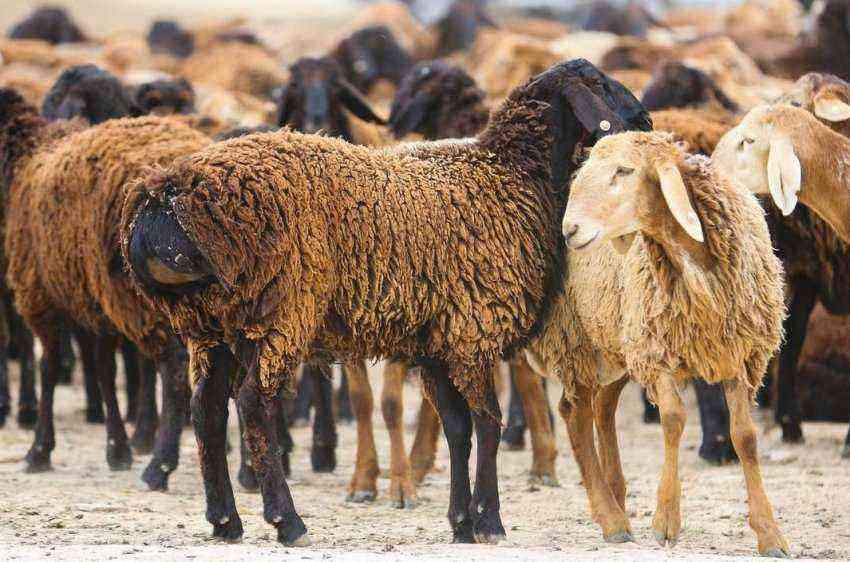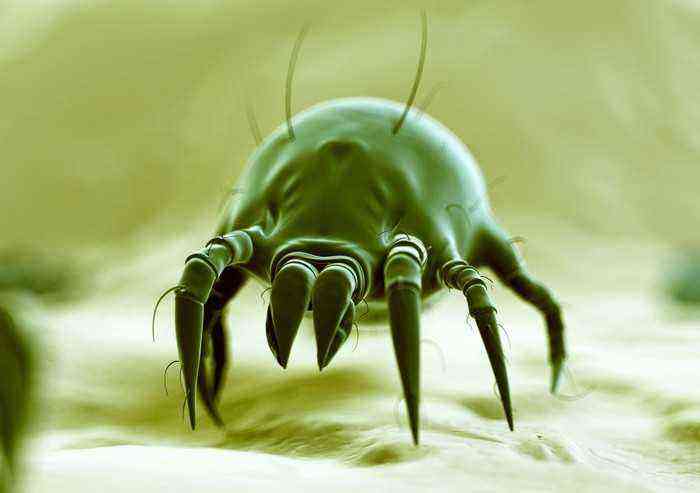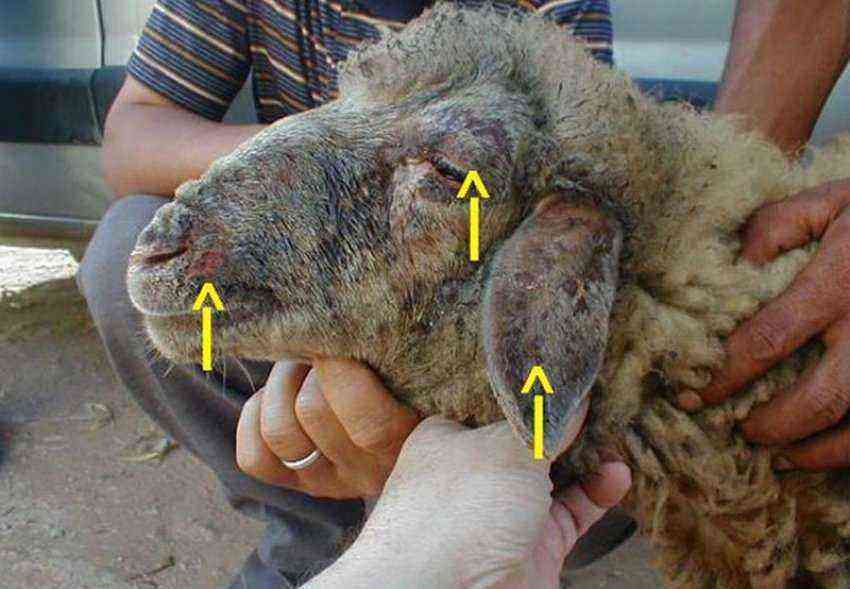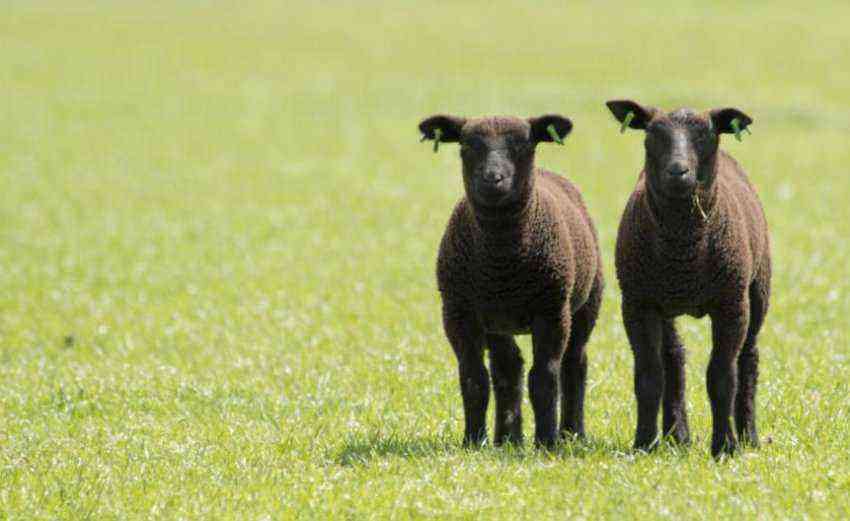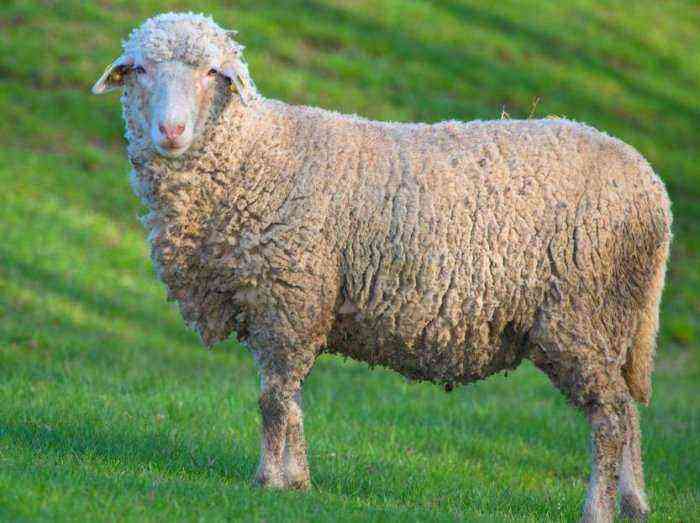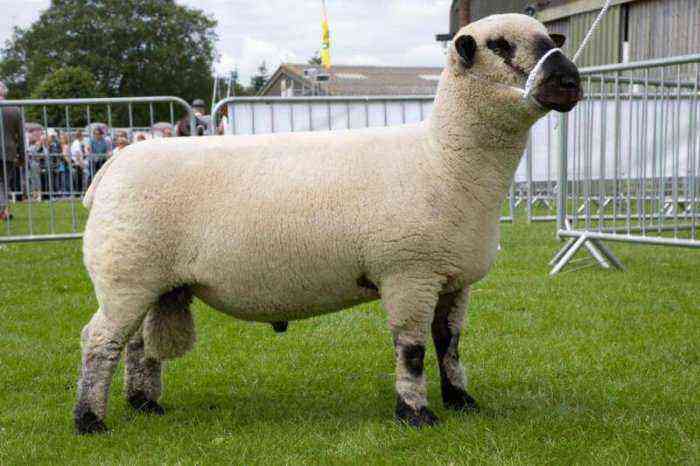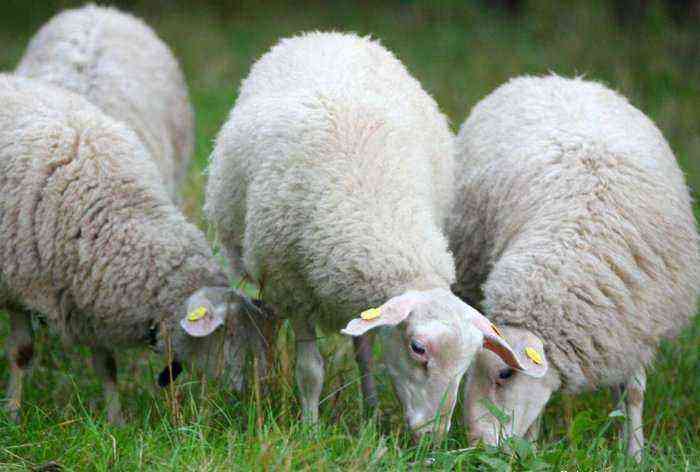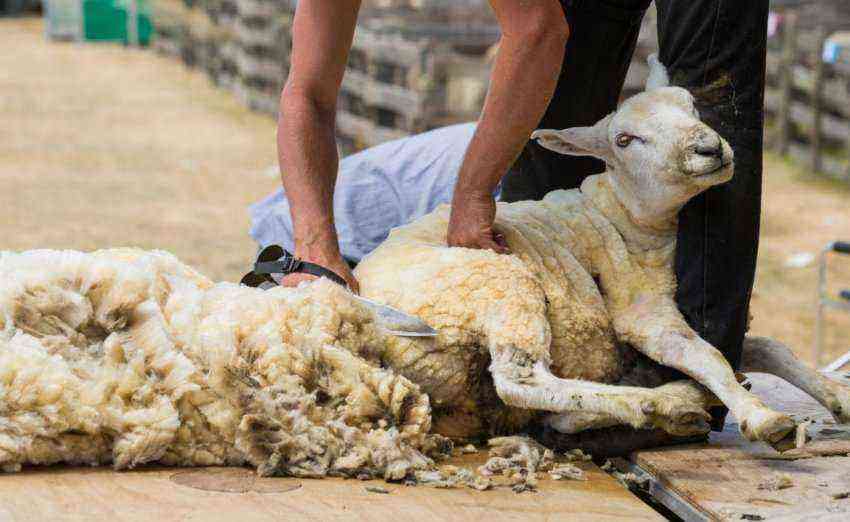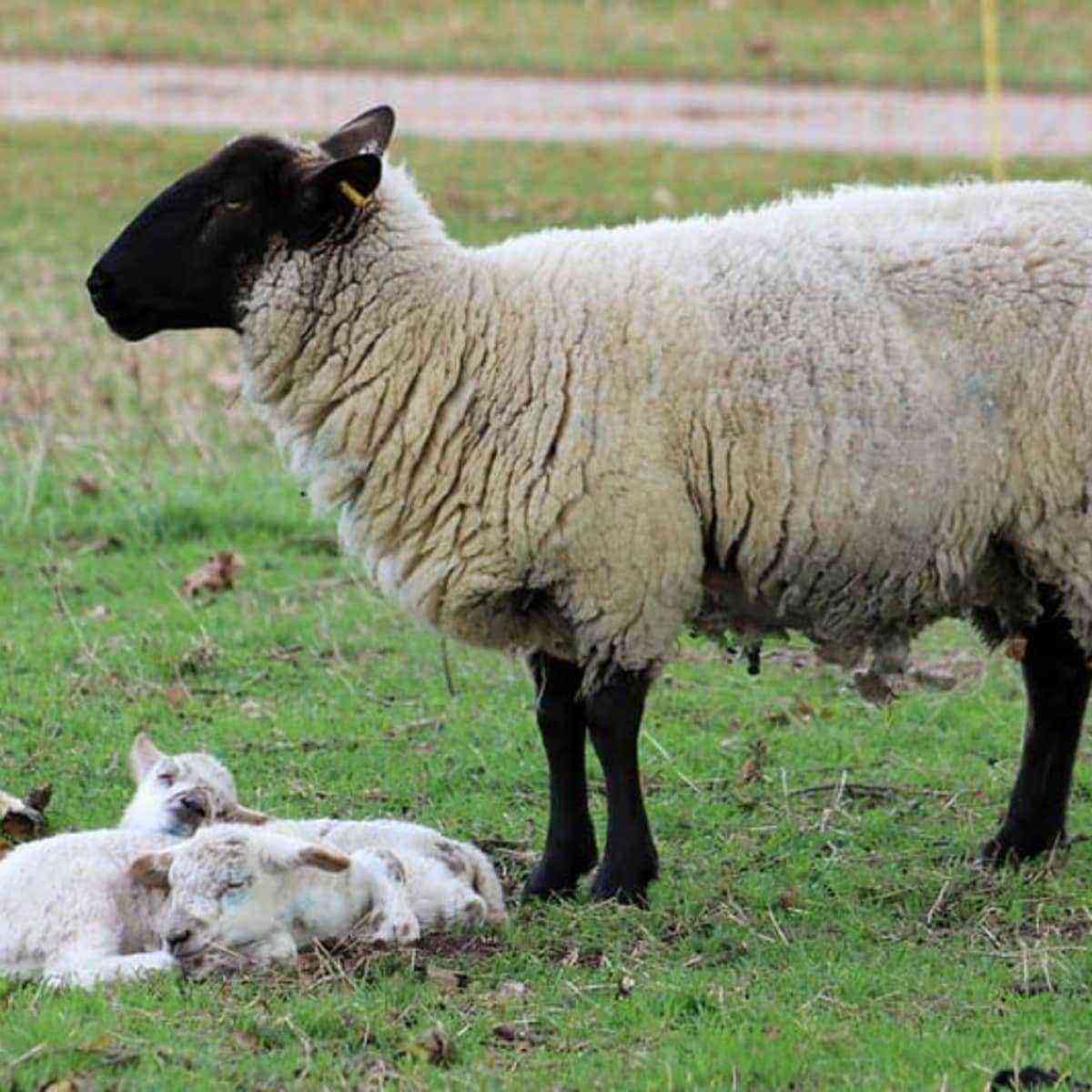Sheep wool is widely used for the production of clothing, shoes, carpets, blankets. Such material is always highly valued on the market, as a result of which the number of sheep breeders is constantly growing. Today, the largest number of farms for growing such living creatures is concentrated in Australia, China, Great Britain, and Turkey. But it is worth talking about the value of raw materials only if the processing of sheep wool is properly organized. And this direction, with the right organization, can become a completely profitable business, promising considerable benefits to the breeder.
Sheepskin
Features of business organization
Running a successful sheep farming and wool processing business involves a number of important nuances that you should pay attention to. Only in this case can we talk about significant benefits.
First of all, the breeder must determine for what purpose he plans to raise sheep. Obtaining wool can become both the main specialization of the economy and a side one. In the second case, the main direction will be meat, milk, lambs for other households or smushka. It depends on what specific breed of living creatures to breed.
But it is irrational to determine the target direction of the enterprise only on the basis of one’s own preferences. It is necessary to take into account:
- Demand for products in the region and country. If meat processing plants or dairy production are located in the immediate vicinity of the farm, then it may be more profitable to consider wool as a secondary product. In the case of the availability of arrays of the textile industry, it will be more profitable to focus on the processing of wool.
- State support. When opening a large enterprise, one should ask the local administration about the existence of existing state projects in this direction. Such programs involve subsidizing, assistance in marketing products for export, and providing areas for grazing.
The last point is especially important. Without the presence of extensive pastures available for exploitation by private owners, it is not possible to organize a large-scale sheep breeding farm.
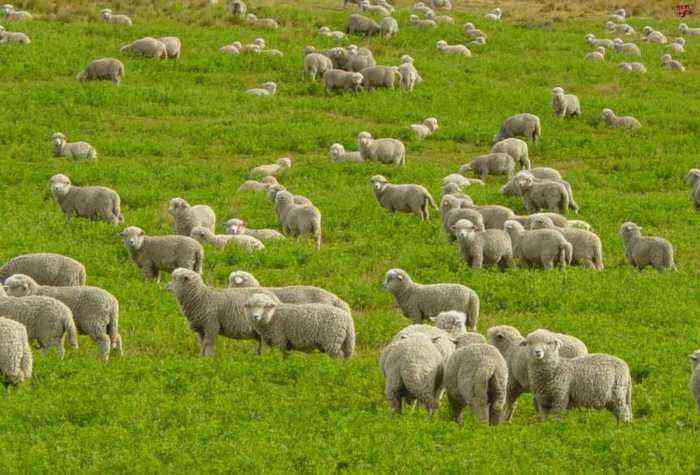
Sheep in the pasture
You should also take into account the climate and topography of the region. Such a moment allows you to correctly determine the direction of wool production and determine the breed suitable for it. The main areas in this regard include:
- Rough-haired. As the name implies, the main purpose of such sheep breeding is to obtain coarse wool. Breeds that are accustomed to desert and semi-desert regions are suitable for her.
- Semi-coarse. Semi-coarse raw materials are obtained from sheep, which are bred in mountainous areas. Not all breeds are suitable for breeding in such conditions.
- Fine-wool. This direction of sheep breeding involves the cultivation of varieties bred in the steppes and deserts.
- Semi-fine-fleece. This direction is implemented in regions with extensive rich pastures and a humid climate. At the same time, the appropriate types of livestock are selected.
For most regions of Russia with their characteristic climate, the most rational direction of wool production is semi-fine wool.
Types of woolen raw materials
After studying the general points and available resources, you should also pay attention to the existing types of wool. Each of them implies its own texture and quality, which ultimately affects the cost of raw materials. The main types of wool products include:
- Fine wool. Such raw materials are obtained by shearing fine-fleeced sheep. The basis of such a fabric is mainly downy hairs, which provides it with special softness. The average length of fine wool does not exceed 9 cm. In the process of processing raw products, no more than 50% can be obtained. Such material is valued above all in the production of fabrics.
- Semi-thin. There is much less fluff in this composition, and the main part is occupied by transitional hair. Raw materials are obtained from semi-fine-wool sheep. The value of such material is already lower. It is used for the production of a separate type of felt.
- Semi-rough. In addition to fluff and intermediate hair, the composition of wool also includes a thin awn. The length of the fibers is from 8 to 19 cm. It is obtained from semi-coarse-haired animals and hybrids of coarse-haired and fine-wooled directions. Such raw materials are used in the production of coarse carpets, shoes, felt, which is designed for installation in cars.
- Rough wool. Assumes the presence of all types of hair fibers. Depending on the length, it is divided into spring and autumn. Such products are obtained exclusively from coarse-haired breeds of cattle. It is used for the production of technical felt and individual parts of shoes.
Also, all wool obtained from sheep can be divided into:
- Homogeneous. It consists of one specific type of animal hair. It consists exclusively of fluff, transitional hair or awn.
- Heterogeneous. The texture of such a fabric suggests the presence of several types of fibers. Heterogeneous raw materials are valued lower than homogeneous ones.
Reference. Often, to improve the quality of semi-coarse, coarse and semi-fine material, crossing the corresponding breed of sheep with representatives of the fine-wool direction is used. In most cases, this allows you to significantly improve the quality of the hairline of the resulting offspring.
Breed selection
Having decided on the main direction of the economy, you can proceed to the choice of specific breeds of small ruminants. Breeders obtain raw materials of the highest quality by breeding semi-fine-fleeced long-haired sheep. A characteristic feature of such products is a uniform wool with a unique sheen, which is highly valued in the textile industry. The most popular breeds in this regard include:
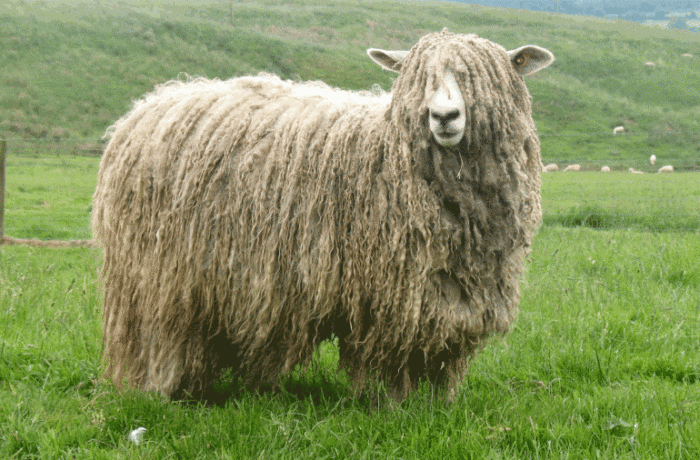
Lincoln sheep breed
- Russian longhair. The fur of such living creatures is uniform, soft and shiny. The average annual shearing from one ram is 6 kg. The uterus gives up to 4,8 kg of raw materials per year. The breed line was bred as a result of crossing local varieties of sheep with animals of the Lincoln breed.
- Lincoln. The wool of this breed is highly valued. It is distinguished by intense shine, special strength and length of hair fibers. The average yield of pure material is 55%. Shaving is carried out twice a year. The average annual weight of wool from one ram reaches 8-10 kg. About 5,5 kg are sheared from a sheep. Lincolns are quite demanding on the conditions of detention.
To obtain raw materials of the second class, the following types of animals are bred:
- Corridel. In such animals, the coat is completely white or with shades of beige. It is highly regarded by buyers. The living creature itself is distinguished by its endurance and is suitable for year-round keeping on pastures.
- Romney march. Hairline also suggests a high value. Of the initial cut, about 60-65% remains after processing. The average volume of wool from one ram is 8 kg.
- Kuibyshevskaya. This is a native Russian breed. It also implies high productivity rates. Up to 5,5 kg of wool is sheared from one male per year. During processing, about 56% of the original volume is retained. Sheep are tolerant of high temperatures.
- Tien Shan. This variety brings the owner up to 10 kg of crossbred wool per year. The length of its hairs is 12-12,5 cm. The yield after treatment is 68-70%.
Primary wool processing
Immediately after shearing the sheep, the owner of the farm receives raw. This is unwashed wool. There are two ways to implement it:
- Delivery of the entire volume of raw materials to procurement enterprises. In such institutions, wool is washed and processed, and already processed, it is sent to textile factories. The cost of raw material is quite low.
- Independent processing of raw materials. In this case, the material is processed on the farm and sold to factories without an intermediary. The benefit is much higher.
Of course, the second option requires additional purchase of equipment and the formation of a production line. The specific configuration of such a line will depend on the wishes and capabilities of the owner. But the minimum equipment that it includes includes specialized washing machines and dryers. To date, there are several varieties of such technology. Its main difference is performance. Its value can be in the range from 14 to 400 kg of raw materials per hour.
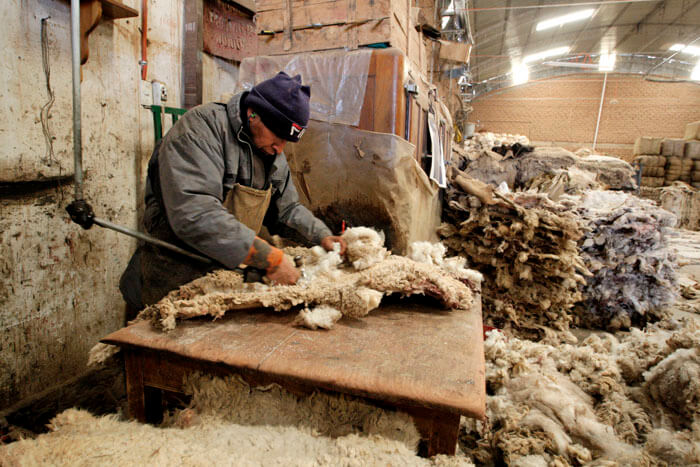
Sheep wool processing
The washing machine washes out the fibers from any particles of dust and dirt. The dryer removes excess moisture from the resulting fraction. For a small start-up farm, in this regard, a line with a capacity of up to 15 kg / h will suffice.
Processing tools
Washing and drying wool is just one of the stages in the work of a sheep farm. But, before they can be implemented, it is necessary to cut the raw material from living creatures. You will also need to remove unnecessary hair from the fraction, to streamline the remaining material. All this is done with the right tool. The essentials list includes:
- electric sheep clipper or special scissors;
- card;
- comb used for combing wool;
- spinning wheel;
- spindle.
It is also advisable to purchase a loom for the farm in advance. In this case, the breeder will also have the opportunity to try his hand at the independent production of textiles. Hand textiles are also highly valued in the market.
The type of tool should also be selected based on financial capabilities and production volumes. In a small enterprise, the staff will cope with hand tools. For larger objects, it is necessary to purchase an automatic carder, a spinning wheel and a flock clipper.
How to Start a Sheep Wool Processing Business?
In general, a sheep wool processing plant may include one or more production steps. So, the owner of the farm can organize:
- An enterprise with a full production cycle. It involves the cultivation of sheep, the collection of raw materials and its further processing.
- Enterprise with a partial cycle. It is profitable to open it in regions where large sheep farms are already concentrated. In this case, the enterprise plays the role of an intermediary, buying raw material, carrying out primary processing and sending it for export or regional textile factories.
- A small processing shop, complete with production equipment. In this case, in addition to buying wool and raising sheep for raw material, the owner will also earn money from the production of textiles. The simplest line allows the production of bed linen and other similar textile products.
An enterprise with a full cycle also implies a certain benefit from the milk and meat obtained from the flock. But it requires the greatest cost of organizing a business.
The processing of sheep wool in private enterprises is gaining more and more popularity among start-up entrepreneurs. Such a business requires relatively little investment, quickly pays for itself, and the demand for products is constantly growing. But when organizing such a business, one should clearly analyze the resources available in the region, the availability of pastures, and access to state programs. Only in this case, the business will be successful and bring benefits.
